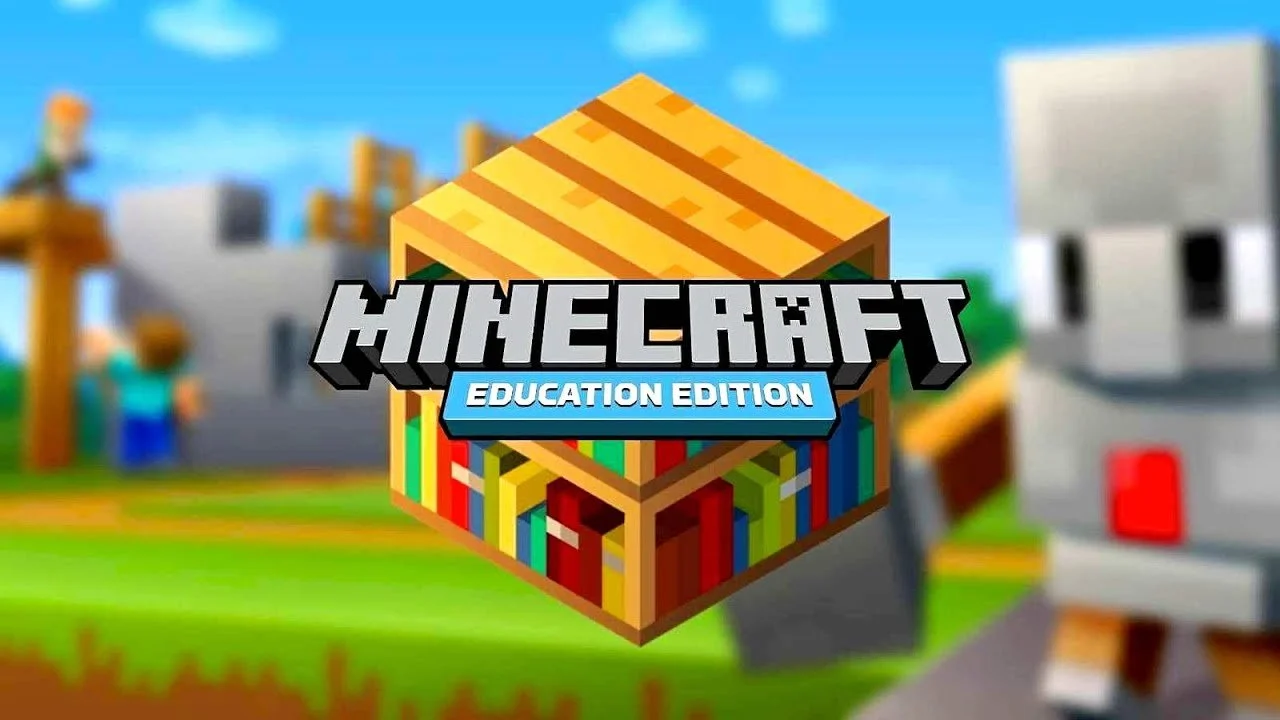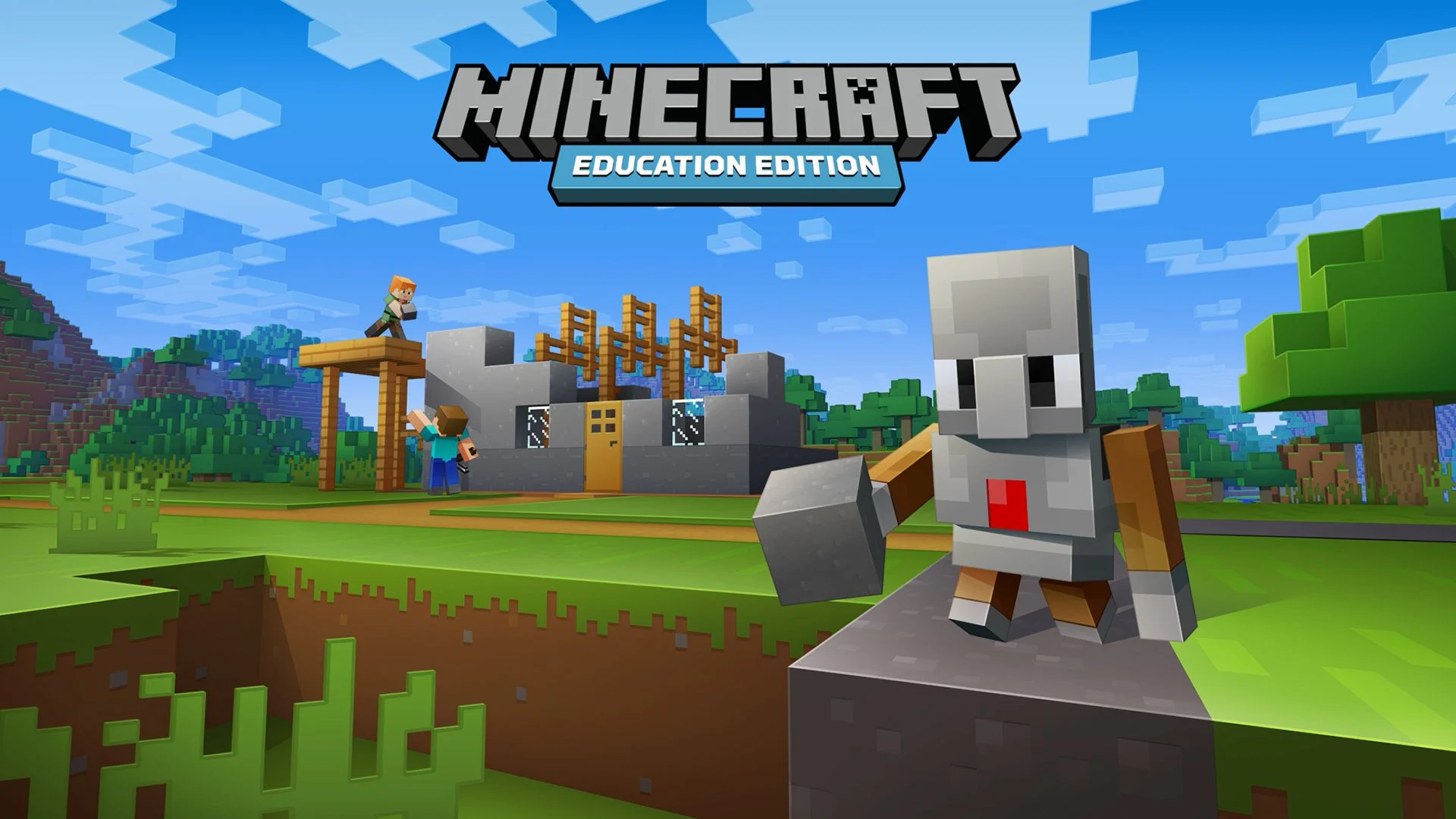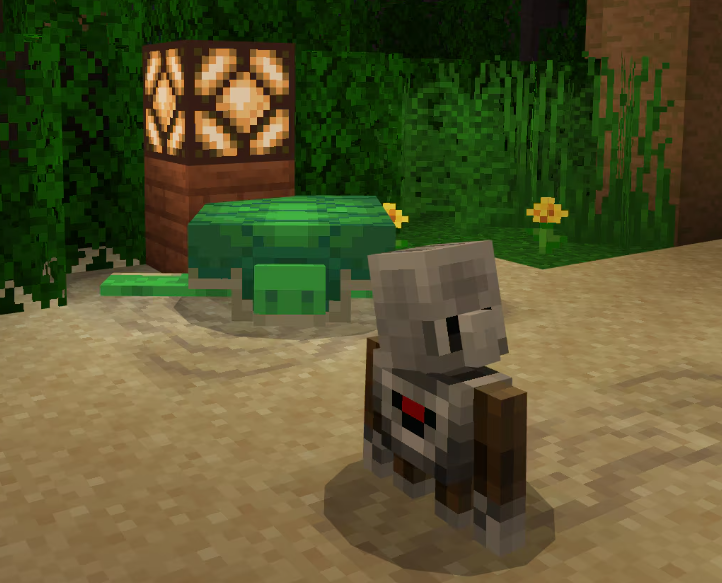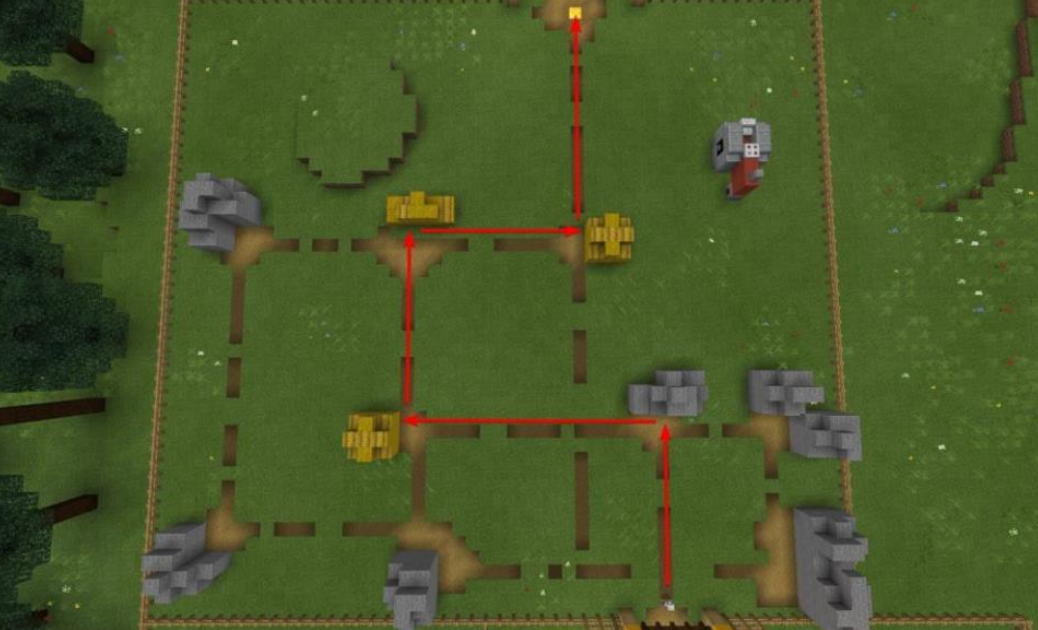
Block-Based Coding with Minecraft Education
Animal Research Center, Grades 3-5
About This Course
Students who are ready to take their skills to the next level will learn essential computational thinking skills in a fun and interactive manner with Minecraft Education’s unique Code Builder feature.
You'll learn to program your Agent helper to rescue sea turtles, create safe habitats for pandas, and change perceptions about misunderstood gray wolves. Rather than just playing Minecraft, you'll harness the power of block-based coding to make a difference in virtual ecosystems while developing essential computational thinking skills.
By the end of this course, you'll not only understand fundamental coding concepts but also gain awareness of environmental conservation issues and how technology can help address them. Join us for this perfect blend of coding, creativity, and conservation that prepares you for future technological challenges while fostering a commitment to protecting our natural world! Once students have successfully mastered the fundamentals of block-based coding in the immersive environment of Minecraft, they will be introduced to the exciting world of coding with Python in Minecraft Education, further enhancing their programming abilities.
What You'll Learn
Learn conditionals, functions, coordinates and more in block-based coding with lessons designed to follow CSTA standards.
Develop fundamental coding skills including sequencing, loops, and conditionals through Minecraft's block-based programming environment while solving real-world animal conservation challenges
Apply computational thinking strategies (decomposition, pattern recognition, abstraction, and algorithms) to design solutions for environmental problems
Create meaningful projects that demonstrate understanding of animal habitats, environmental protection, and the impact of human development on wildlife
Hands-On Projects
Sea Turtle Conservation Initiative: Students will design and code a sea turtle protection program that helps hatchlings safely reach the ocean. They'll use sequencing and loops to guide turtles around obstacles, clean beaches of debris, and create protected nesting areas while learning about the real-world challenges sea turtles face.
Polar Bear Habitat Restoration: Students will develop a solution for preserving polar bear habitats affected by climate change. Using conditional statements and loops, they'll code systems to rebuild ice platforms, provide food sources, and create protected areas while incorporating their own creative design elements.
Wildlife Corridor Construction: Students will collaborate to design and implement wildlife corridors connecting fragmented habitats across different biomes. They'll utilize all coding concepts learned throughout the course to create bridges, tunnels, and safe passages for pandas and wolves while demonstrating understanding of how human development impacts wildlife movement.
Our 4-Week Course Plan
Want to learn more?
Give your child an opportunity they’ll never forget with TaliTech's engaging coding and STEM classes. From computational thinking to real-world projects, we’ll provide the fun and inspiration needed to shape the next generation of innovators and leaders.
Fill out the following form and we’ll help answer any questions you have.











